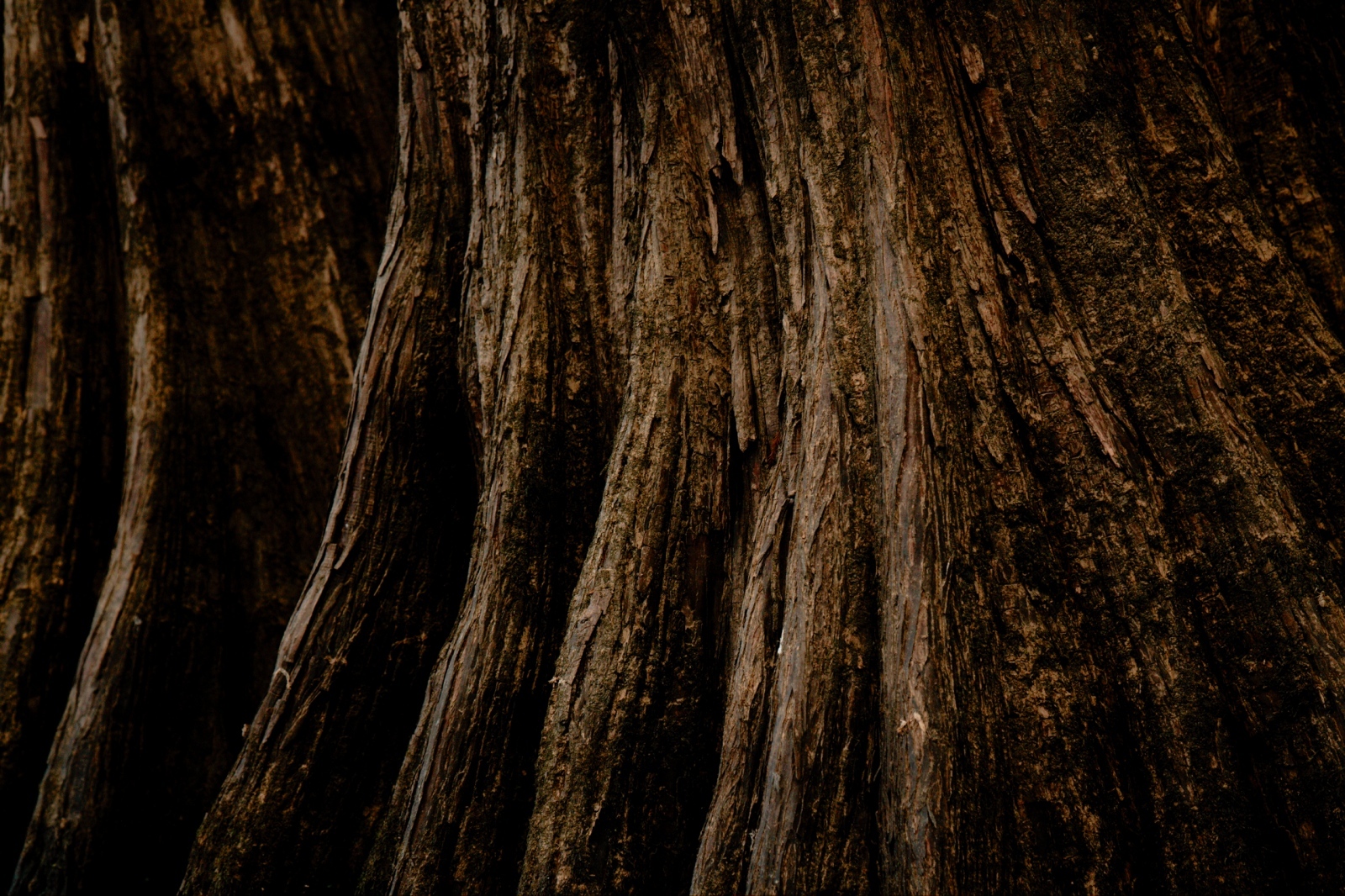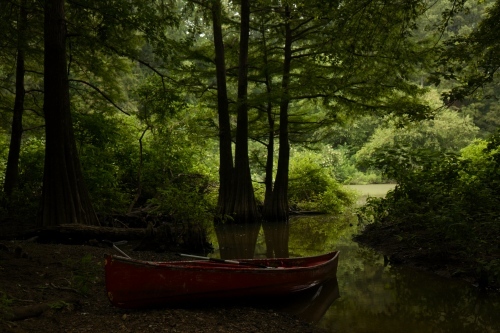Goose Pond is a place of incredible natural beauty just east of Mt. Vernon near the Ohio River. Abundant with Bald Cypress trees, along with their “knees,” which are very rare this far north, it is home to an intriguing variety of plants and wildlife.
“The area is just beautiful,” says a landowner along the Pond. “I see beaver, snakes, coon, and possum. I’ve seen quite a few copper belly snakes on the pond. And of course there are a lot of deer and wild turkey. In the last few years we’ve started seeing some bald eagles. There are at least three pair of geese that nest on the slough and stick around to raise their young. Last year we saw a family of bobcats –a mother and three young ones. I don’t know if it was a river otter or a mink, but when the water was up last time we saw one of those.There’s a fairly big beaver hut out in the slough by the old duck blind. And the fall is awesome. The leaves on the cypress turn a reddish brown color.”
What Posey County residents historically refer to as Goose Pond is actually a series of small cypress sloughs (pronounced “slews”) that form a geographic curve that runs about four miles. Situated in a lonely area, often inaccessible due to backwater or mud, Goose Pond is little known outside of old hunters and fishermen and people interested in ancient American history and archeology.
Cypress sloughs are wetland areas of slightly lower elevation than the surrounding land.The Bald Cypress, which dominates the slough, is a deciduous conifer, a cousin to the California redwood. For builders,Cypress is best known for its weather resistance and is often used to build boardwalks or decks. For nature enthusiasts, the trees are known for their “knees” and overall majestic beauty. The knees are part of the tree’s root system but pop out of the ground in the surrounding mud or water. Their purpose is unknown but scientists speculate that they provide additional oxygen to tree and/or help anchor the Cypress in the soft muddy soil in which it thrives.
Unfortunately, Goose Pond as we know it probably won’t be around for much longer. Flooding from the Ohio, which is much more frequent in recent years, is depositing ever more silt in the slough, up to two inches per year, and will eventually fill it in entirely. Much of it is already choked with invasive lilly plants and silt from the backwater.
“Since I’ve been down here in 98. I’ve seen about a 40 percent increase in the lily pads,” says the neighbor (who prefers not to be identified). It used to be you could get out there in a boat without much trouble, but now you’ve got to fight through those lillies. It’s silted in to the point where a lot of the fish don’t hang in there much anymore. The crappie and small pan fish are mostly gone.”
In order to preserve as much as possible for as long as possible, The Nature Conservancy purchased part of the slough and hopes to purchase more. The Nature Conservancy is an organization dedicated to preserving the earth’s plant and animal diversity by purchasing land that is important for threatened or endangered species. In Posey County, they also own property at Half Moon Pond in Point Township where they are working on a native cane break restoration project . All of their properties in southern Indiana are managed by Jesse Moore out of Brown County.
“Goose Pond is a unique ecosystem,” says Moore, ” home to plants and animals that need this environment and they need it to survive. ”The bald cypress itself needs the floodwater to survive and reproduce and keep the competing vegetation out.”
Goose Pond abuts the Mann site, which was the center of the Hopewell culture that dominated the midwest for about 700 years until around 500 a.d. If you have a feel for that sort of thing, it gives the place a deep sense of history.
“The Mann site is worthy of being designated a world heritage site,” says Mike Linderman, Western Regional Manager for State Historic Sites at Angel Mounds. “It is up there with the Mesoamerican pyramids or cliff dwellings in the southwest. It’s that important of a place.”
Every season has its charms, but in these hot, oppressively humid days of Posey County summer, fantastic light dominates Goose Pond.The early morning sun rises as a big red disk behind the trees. Its light is warm and intense and casts dark and mysterious shadows deep into the underbrush. There’s so much water in the air the light practically has to swim to get to the pond. In these hours, the black water of the sloughs and their tributaries reflect a stunning array of cool greens, hot reds, brilliant yellows and fleeting blues. The bark of the bald Cypress glows with many hues that constantly change with the light of the sun.
Other seasons provide incredible sights as well, particularly fall when the cypress leaves turn a rusty red color and the base or the trees are illuminated by the cool declining light of oncoming winter.
Goose Pond is an important part of Posey County, well worth preserving.
It is located off Indian Mounds Road south of Highway 62. If you plan to go: keep in mind that the road is often flooded, or at least very muddy. Also, although The Nature Conservancy allows hiking, much of the area is private property and the owners do not permit hiking without permission, mostly due to the infestation of relic hunters. It’s best to stay on the road or contact the Nature Conservancy to familiarize yourself with their property boundaries.















